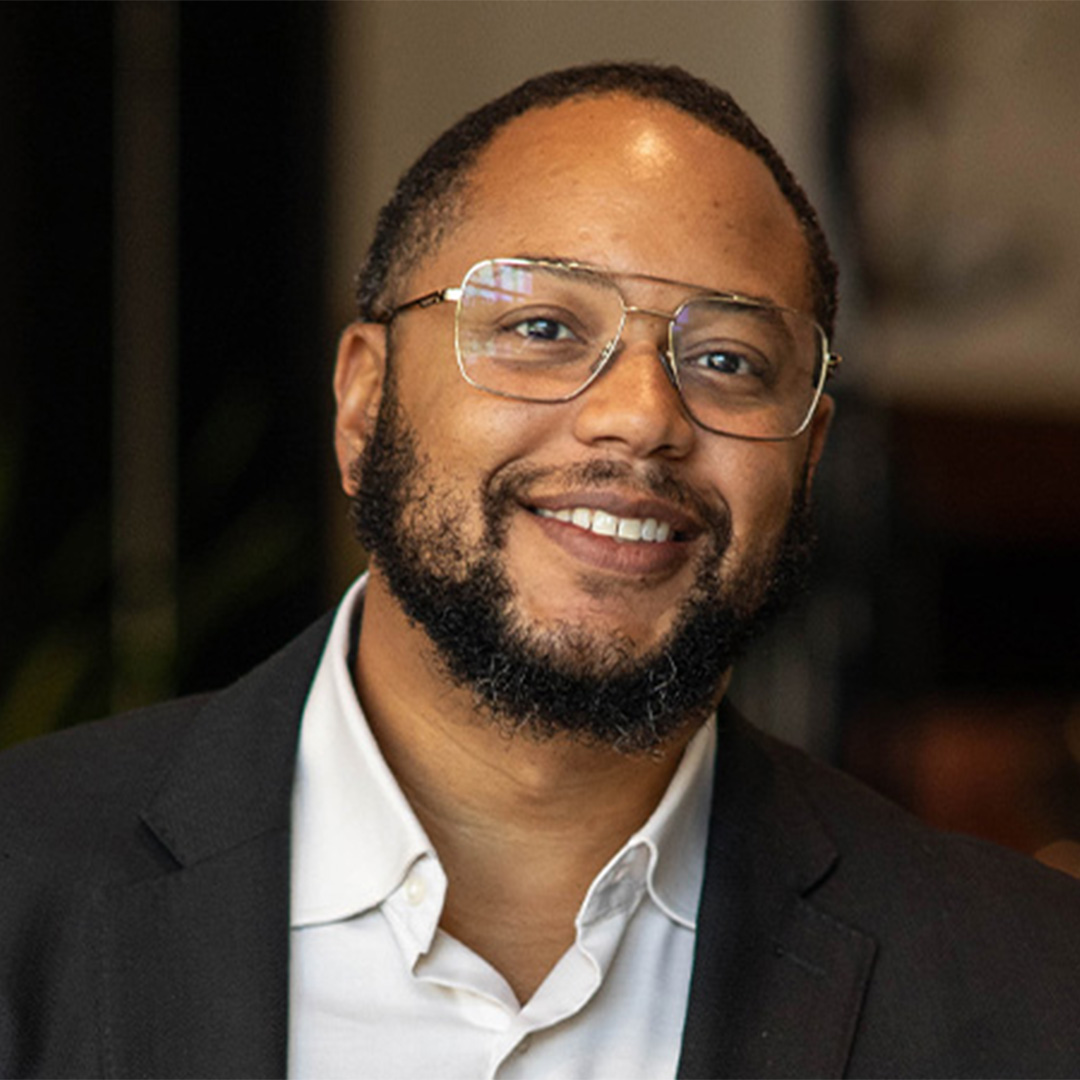Structural Racism and its Impact on ABA: Disparities in Diagnosis and Treatment
FEATURED POSTS
December 30, 2025
LEARN is committed to fostering a culture that embraces what makes us each unique—be it race, ethnicity, gender/gender identity, sexual orientation, religion, national origin, disabilities/abilities, or socioeconomic background. LEARN aims to acknowledge the lived experiences and diversity of perspectives of our staff and welcomes our teammates to share their stories to help foster conversations about diversity, equity, and inclusion in our communities.
By: Jasmine White, M.S., BCBA, Behavioral Concepts (BCI)
Today, the topics of diversity, equity, inclusion, and equality are at the forefront of many organizations. The long-standing impact of structural racism and its influence on society can no longer be disregarded. People of all creeds are speaking out against injustices and the need to promote inclusion. The dialogues on disparities have led me to reflect on the field of applied behavior analysis (ABA) and the community which it serves. To what extent has structural racism impacted ABA as a practice? Are ABA practitioners able to identify biases within the field? What is the impact on the provision of services? How does it influence diagnosis? The literature on structural racism has shown that even the most well-intended person can possess biases, we are not immune. Therefore, it is our time as a community to gain an understanding of how structural racism has affected the field of ABA.
Here at LEARN, it is our goal to contribute to a brighter future for all, which means bringing to light sensitive topics that are impacting the communities we serve. While this may be an uncomfortable conversation, it is needed for the development of cultural humility in ABA practice. LEARN’s focus is twofold, call attention to and create a constructive conversation around disparities in diagnosis and treatment related to diversity, equity, and inclusion. As an organization that serves a diverse population, it is our responsibility to bring attention to the disparities experienced by those we serve and to be a part of the solution towards lasting change.
Ethnicity is known as belonging to a specific racial, national, or cultural group and observance of that group’s customs, beliefs, and or language. Depending on ethnicity, one may have a life exposed to more inequalities. For racial and ethnic minorities in the United States, these inequalities include health disparities, such as higher rates of chronic disease, lower life expectancy, and decreased quality of life compared to the rates among non-ethnic minorities.
Ethnicity also has a direct impact on how early autism is identified, evaluated, and diagnosed. Research shows that not only do Black and Latino children with autism spectrum disorder (ASD) receive their diagnosis and start intervention at an older age than White children with ASD, but they also less frequently receive evidence-based interventions. For Black and Latino families, this directly impacts service opportunities, outcomes, and quality of life. According to the Center for Disease Control, studies have shown that implicit bias, lack of access to healthcare services, and non-English primary language are potential barriers to the identification of children with ASD. The research established that Black and Latino children receiving ABA services were more likely to score lower on caregiver reports of health care quality than their White counterparts, including areas of access to care, referral frequency, number of service hours, and proportion of unmet service needs.
As a community, we must investigate ways to expand access and resources to those who so desperately need services. Identify areas of structural racism and work to reduce and eliminate them from ABA practice. Train our practitioners to identify and bracket implicit biases. Find communication methods so that all families can have a voice regardless of the primary language spoken. Explore ways to have open and honest networks of communication so that we can continue to have conversations that evoke change. Here at LEARN, we hope to be a part of the solution to these disparities so that we may create an environment where there is equity in access for those we serve.
Discover more about LEARN Behavioral’s Diversity, Equity, and Inclusion initiatives. Let us find ways to work together to increase awareness and improve access to the communities we serve. Together, we can achieve more.
LEARN pledges to create a community centered around trust, respect, tolerance, and empathy. Read more about LEARN’s DEI journey in our 2021-22 DEI Annual Report and find out how we are investing in our clinicians’ cultural competence and increasing the diversity of our clinical team. Together, we’re better.
Jasmine is a BCBA and has worked with BCI for four years. She recently graduated Magna Cum Laude with a Master of Science in ABA from Bay Path University in Longmeadow, Massachusetts. Jasmine is currently conducting her thesis on Implicit Bias in ABA and is looking forward to expanding multiculturalism research in the field.









